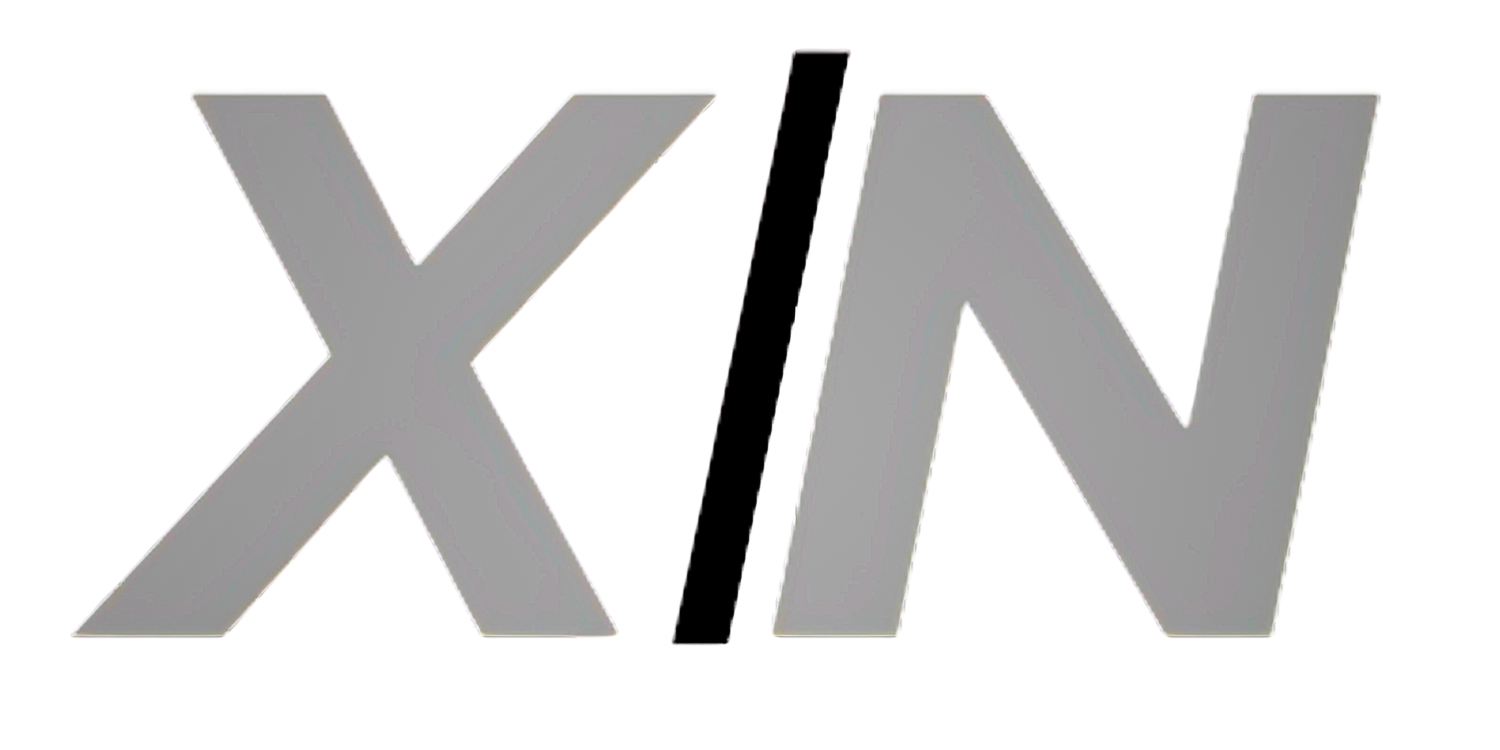US Economic Downturn Warning: AI Boom Masks Underlying Weakness Amid Rising Recession Risks
The U.S. economy faces mounting recession pressures as artificial intelligence's outsized contribution masks widespread sectoral weakness, while employment data deterioration and tariff-induced cost pressures create a complex investment environment requiring defensive positioning.
Economic Growth Illusion: AI's Misleading Impact
The apparent strength of U.S. economic indicators reflects what economists call "the magic of averages," where AI's exceptional GDP contribution conceals near-negative growth across most other sectors. This concentration risk means any AI slowdown would quickly expose underlying economic fragility.
Sectoral Analysis:
AI sector: Driving disproportionate GDP growth contribution
Traditional industries: Experiencing near-negative growth rates
Economic vulnerability: Over-reliance on single sector performance
Growth sustainability: Questionable without continued AI expansion
This economic structure resembles a "star student" pulling up the class average, creating misleading aggregate performance metrics that obscure broad-based weakness.
Employment Market Deterioration
Labor market data reveals consistent cooling trends despite headline numbers suggesting stability. Revised employment figures for recent months show significant weakness that contradicts mainstream economic narratives.
Employment Trend Analysis:
June revision: -14,000 jobs
July revision: -73,000 jobs
August revision: -22,000 jobs
Five-year trend: Clear cooling pattern in non-farm employment
"Yellen's Magic" Unsustainable: The 200,000 monthly job additions during 2023-2024 required continuous monetary injections to sustain employment levels. This artificial support appears to be losing effectiveness, suggesting underlying labor market weakness.
AI Productivity Paradox: While AI increases business productivity, it simultaneously reduces employment needs. This creates a concerning dynamic where corporate profits and stock prices rise while job availability declines.
Tariff Impact and Cost Pressures
Trump's tariff policies create additional economic headwinds as more than half of U.S. companies absorb these costs rather than passing them to consumers.
Cost Absorption Reality: Companies cannot transfer tariff costs to consumers due to weak consumer spending power, forcing internal cost reductions primarily through workforce reductions.
Stagflation Risk: Tariffs create artificial price increases while employment and consumption decline, potentially triggering stagflation—the worst-case scenario combining inflation with economic stagnation.
Psychological Pricing Effects: Businesses facing uncertainty often increase prices beyond actual cost increases, creating a "vicious cycle" where distrust amplifies price pressures throughout the economy.
Government and Federal Reserve Response Potential
Economic weakness may trigger aggressive fiscal and monetary interventions that paradoxically benefit financial markets while addressing underlying problems.
Policy Tools Available:
Interest rate cuts: Encouraging investment through lower borrowing costs
Fiscal stimulus: Direct payments and deficit spending to boost employment
Quantitative easing: Money supply increases supporting asset prices
Market Paradox: Bad economic news often drives positive market reactions due to expected government intervention. Historical examples like COVID-19 demonstrate how crisis responses can create investment opportunities despite underlying economic damage.
Inflation Persistence and Measurement Concerns
Critical inflation indicators including Producer Price Index (PPI), Consumer Price Index (CPI), and Michigan inflation expectations remain elevated, potentially constraining Federal Reserve policy flexibility.
Policy Conflict: If inflation persists while employment weakens, the Fed faces impossible choices between supporting growth and controlling prices. This mirrors 2022 conditions when markets anxiously awaited monthly inflation data.
2025 Outlook: Stagflation risks may intensify in the latter half of 2025 as tariff effects compound employment weakness while maintaining upward price pressures.
Investment Strategy for Uncertain Environment
Current conditions require defensive positioning emphasizing capital preservation over aggressive growth strategies.
Defensive Sectors:
Content industries: Cyclically independent revenue streams
Fandom-driven businesses: Consumer loyalty transcending economic cycles
Essential consumer goods: Recession-resistant demand patterns
Biotech: AI productivity gains potentially offsetting economic headwinds
Risk Management Principles:
Avoid "rear-view mirror investing": Chasing assets after dramatic price increases
Capital preservation focus: Prioritizing downside protection over upside capture
Sector diversification: Reducing dependence on economically sensitive industries
Timing discipline: Avoiding momentum-driven investment decisions
Contrarian Opportunities: While construction and cyclical industries face headwinds, biotech and technology companies leveraging AI productivity gains may outperform despite broader economic weakness.
Strategic Assessment
The U.S. economy exhibits classic late-cycle characteristics where surface-level strength masks fundamental vulnerabilities. AI's contribution creates a false sense of security while employment, consumer spending, and business cost structures deteriorate.
Successful navigation requires recognizing that government intervention may create market opportunities even amid economic deterioration. However, investment strategies must prioritize capital preservation and focus on sectors with structural advantages rather than cyclical momentum.
The combination of employment weakness, tariff pressures, and AI-driven productivity gains creates an unprecedented economic environment requiring adaptive strategies that balance defensive positioning with selective opportunities in innovation-driven sectors.
